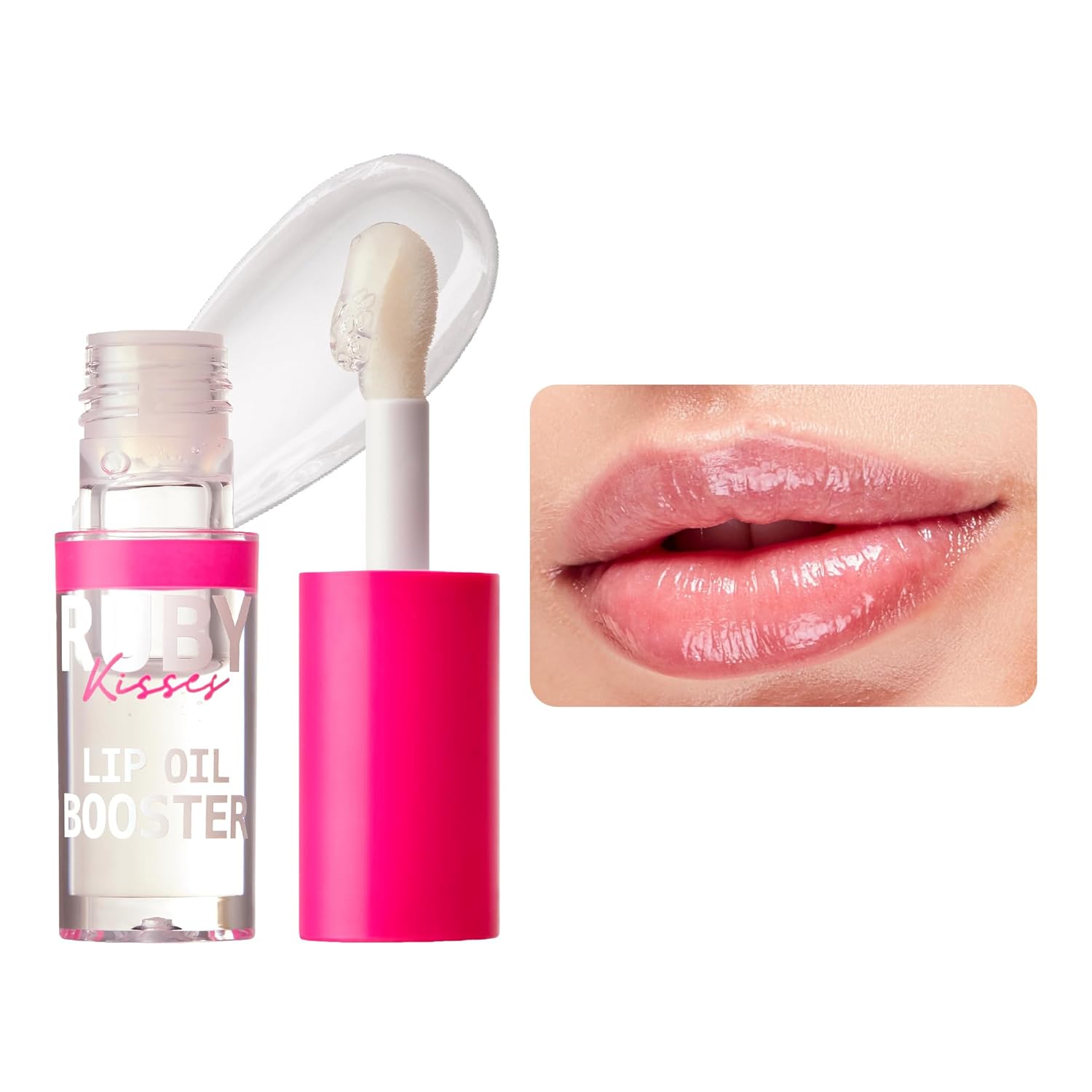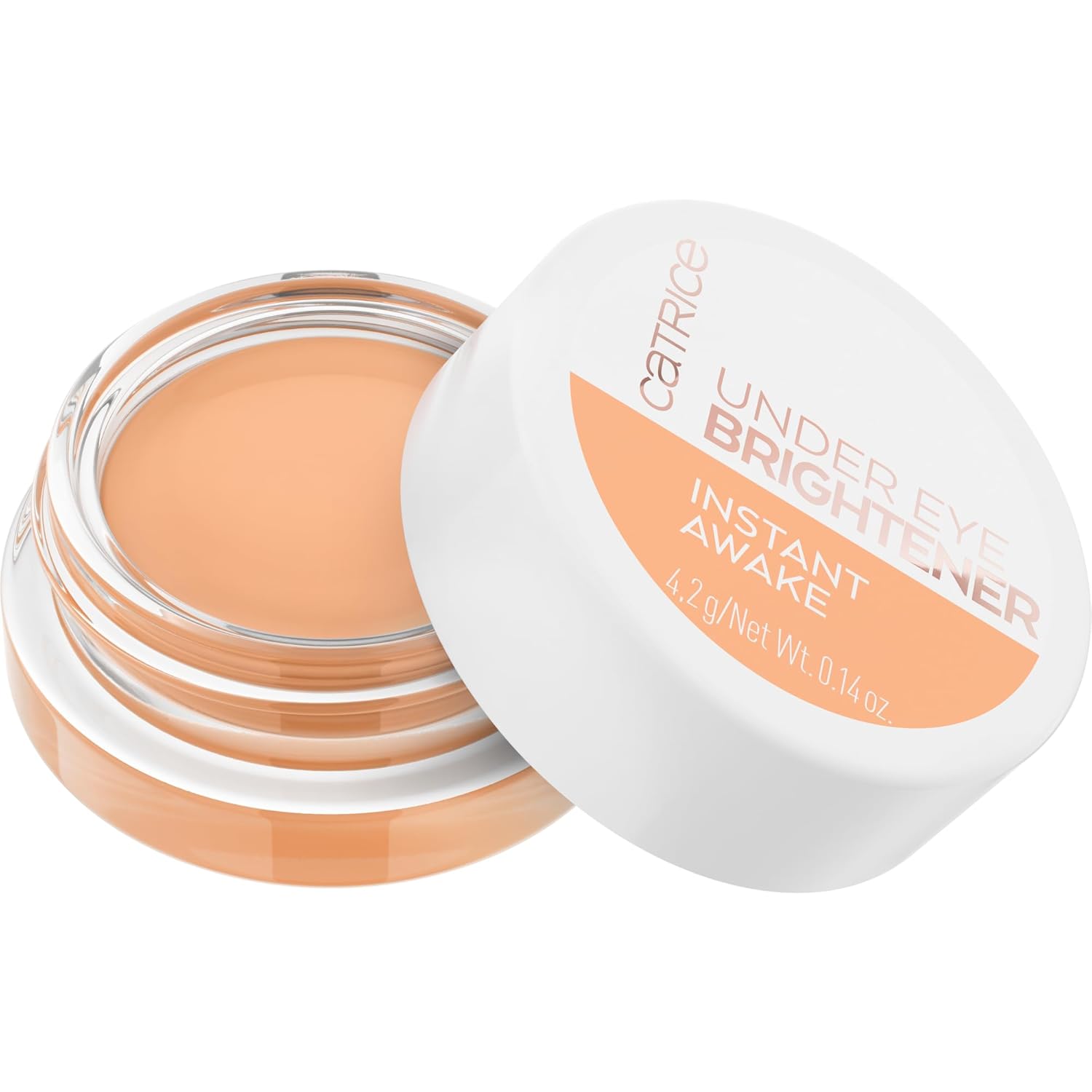
Curly hair tends to be more fragile than straight hair, as we know.
Of course, the solution is moisture. And what is the solution to getting that necessary moisture actually to stay in your hair shaft? Black gold, Texas tea, and oils!
Okay, no, please don’t put crude oil on your hair, but you get the point.
The benefits of oiling your hair are undeniable since it leaves hair silky, soft, hydrated, and stronger, depending on which oils you use in your regimen. However, where to apply the oil is often up for debate within the natural hair community. Aside from where to apply the oils, another matter of concern is how often. Let’s take a look at both of these concerns and more in greater detail.
Should I oil my tips or roots?

In all honesty, you should oil your roots and tips as a general practice. However, like most things with natural hair care, the key is to find what works for you as an individual. For instance, if you have a lot of sebum production, i.e., if your scalp is naturally oily, and that’s combined with long hair, you may find that you need less oil at the root level while your ends might be a little on the thirsty side.
If your scalp tends more toward drought than flooding, your hair’s overall dryness means you must oil your curls all over for the best moisture-sealing and softening results.
Some curlistas think that if they stick to oiling their roots alone, it will naturally make its way to the ends. And for those of us out here rocking the pixie cuts and the TWAs, that may very well be the case. However, for this approach to work with longer or more porous hair, you would need to load up on oil.
Unfortunately, “Too much of a good thing” is a high possibility.
Image Source: @curlswithalexa
When you overload on oils, you can run into scalp issues such as irritation, clogged pores, or sebum imbalances. While sebum is meant to travel down the shaft of hair, if you’re not actively encouraging it downwards it hardly ever reaches the ends. Besides, how many curlies use a dry bristle brush to distribute our natural oils rather than a different style meant for damp detangling? Exactly. Go ahead and get that extra store-bought oil worked down your strands to keep the moisture locked in.
How often should I oil my hair?

Image Source: @diacobra
How often you need to oil your hair will depend on several factors. If you naturally produce a lot of oil, you may only need to oil your ends once a week. If you have lower sebum production, you may need to oil your roots and ends every couple of days. It will also depend on what type of oil you use since some are heavier or more penetrative than others.







Castor oil, for instance, is a very heavy oil that’s great for the winter months! Grapeseed and avocado oils tend to hover around the medium side. Jojoba and almond oils are some of the lightest and most easily absorbed. And that’s not even beginning to get into the benefits of blends! The key is to watch how oily your hair is and how much buildup your scalp accumulates to find the right schedule for your oiling needs and ensure you’re reading ingredients.
Is there a right way to apply oil?
Image Source: @toriscurls
While most people start at the roots and work their way to the ends, a better idea is to start at the ends and work your way up. This allows you to gauge dryness better regarding how far up the hair shaft you need to oil and whether or not you even need to oil at the root level.
Like anything in hair care, the key is to find whatever works for your curls. The best way to get great curls is to try a little of everything until you find what works. Oil is a necessary part of every curly routine, and with a little extra insight, you can master this aspect of curly care in no time!









